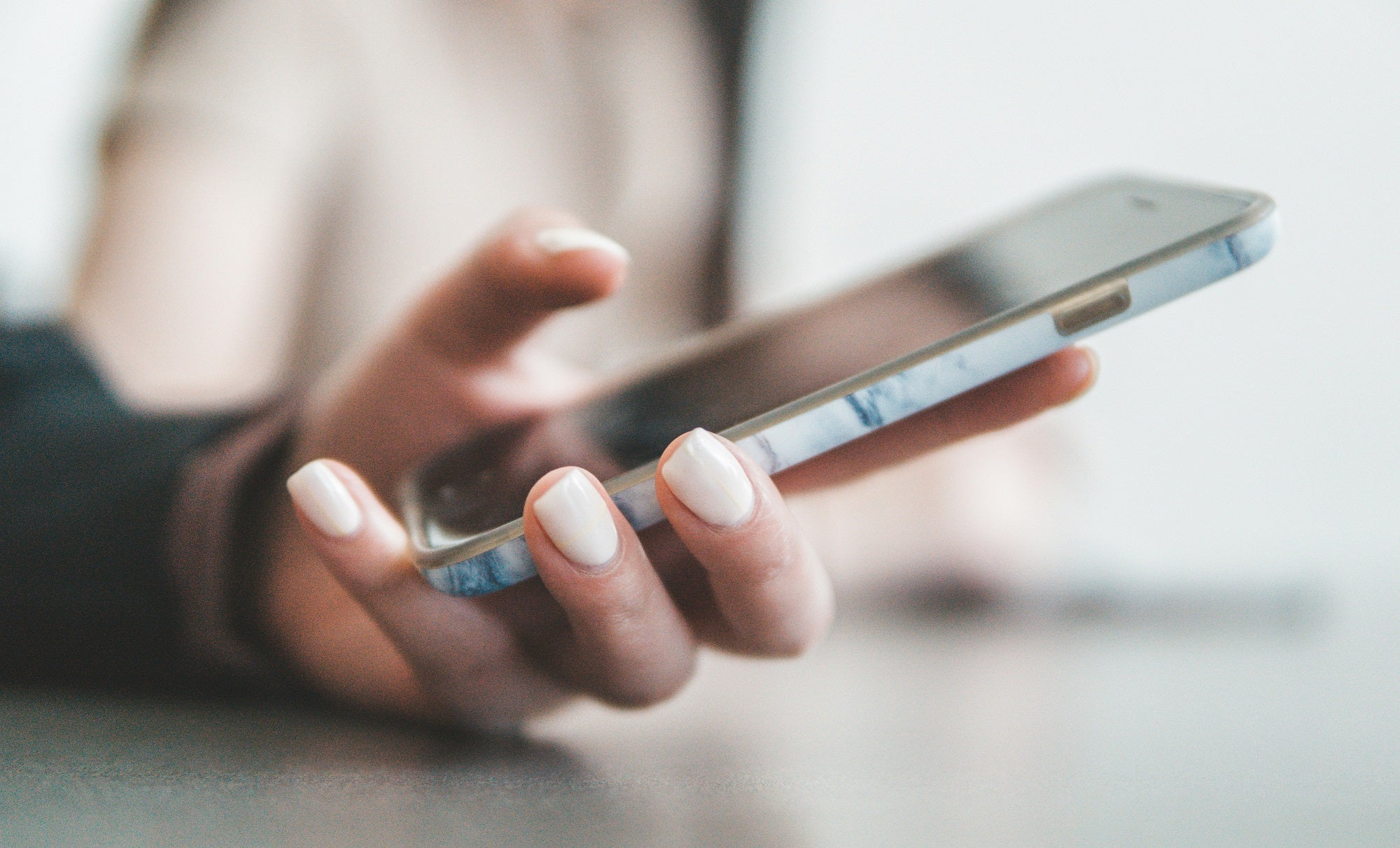Using Behavioral Science to Increase Mammogram Completion Rates

Issue
Mammogram screenings fell 40% during the COVID-19 pandemic and did not return to pre-pandemic levels. Even before the pandemic, mammogram completion rates were around 70% and have lagged below national goals. CHIBE researchers were involved in two projects to help restore rates.
The Big Takeaway
CHIBE researchers found that behavioral science strategies such as opt-out framing, bulk ordering, text messaging, and self-scheduling can significantly increase uptake of breast cancer screening.
The Study
In one study, CHIBE researchers looked at how electronic health record (EHR) self-scheduling impact mammogram completion rates for primary care patients.
“EHR self-scheduling aligns with a behavioral science strategy of reducing friction along the behavioral pathway by limiting the steps in the scheduling process, making it easier to complete the task,” they wrote.
Before this capability, patients would have to call a scheduling line during business hours. With self-scheduling in the portal, patients have more autonomy and control. The researchers looked at data from 2014 to 2016, before self-scheduling was possible and compared it to 2016 to 2019 when patients could log into their patient portal and click on a scheduling link (after seeing their primary care provider who put in the order). Patients also received an email reminder to self-schedule.
The Results
In this study, the mammogram completion rate was around 22% before self-scheduling and nearly 50% after the self-scheduling option was added. The self-scheduling was directly associated with an approximate 13 percentage point increase in screening completions.
“At scale, when applied to the 35,000 patients in the study, that translates to roughly 4,500 more people getting screened,” a Penn press release stated.
A Second Study
In another study, CHIBE researchers and looked at whether “bulk ordering” and texts could increase rates. Could a low-cost strategy like texting patients help boost screenings? Could changing the default to “bulk order” mammograms (where any patient who is eligible for a mammogram would receive an order for the screening) help too?
The Results
In this second study, the researchers found that texting patients to complete their screenings led to a 2% increase in screenings, and bulk ordering also led to a difference in screening rates of more than 2%.
Learn More
Read “Association of Electronic Self-Scheduling and Screening Mammogram Completion” in American Journal of Preventive Medicine by Kimberly J. Waddell, PhD, MSCI; Keshav Goel, MSc; Sae-Hwan Park, PhD; Kristin A. Linn, PhD; Amol S. Navathe, MD, PhD; Joshua M. Liao, MD, MSc; Caitlin McDonald, MPH; Catherine Reitz, MPH; Jake Moore, MBA; Steve Hyland, MHA; Shivan J. Mehta, MD, MBA, MSHP.
Read “Behavioral Interventions to Improve Breast Cancer Screening Outreach” in JAMA Internal Medicine by Shivan J. Mehta, MD, MBA, MSHP; Corinne Rhodes, MD, MPH; Kristin A. Linn, PhD; Catherine Reitz, MPH; Caitlin McDonald, MPH; Evelyn Okorie, MS; Keyirah Williams, BA; David Resnick, MSEd, MPH; Annamaria Arostegui, MD; Timothy McAuliffe, BA; Colin Wollack, MS; Christopher K. Snider, MPH; MaryAnne K. Peifer, MD, MSIS; Susan P. Weinstein, MD.
Key Takeaways
Impact Partners
